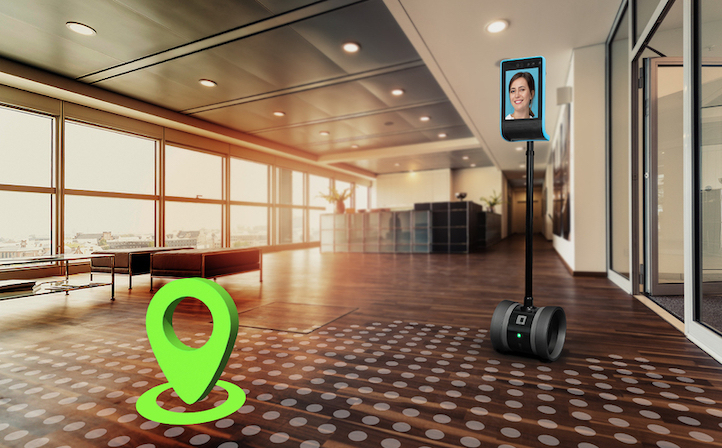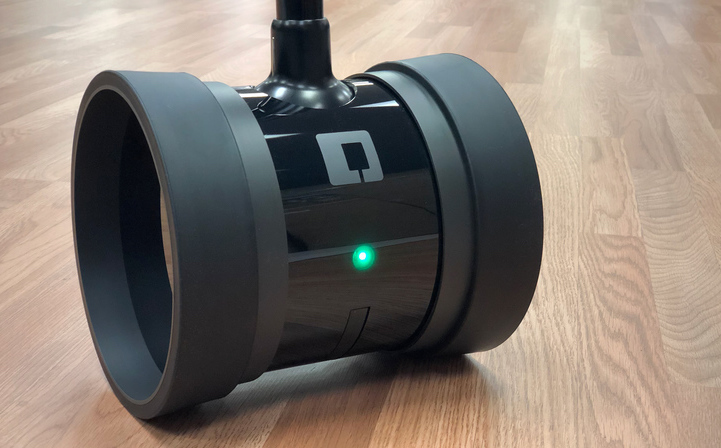Seven years have passed since Double Robotics launched its first telepresence robot, a device that we speculated at the time could transform the way interactions take place between offices and remote workers around the world. But it didn’t happen.
This was largely because the first Double telepresence robot was little more than an iPad on wheels, a machine that wasn’t the easiest to control, and one that came with few features.
Jump forward two iterations and we now have something a good deal more advanced than the original design, a robot that you might well imagine one day rolling around the workplace as remote workers catch up with their team at HQ. Really.
The all-new Double 3, unveiled by San Francisco-based Double Robotics on Tuesday, August 27, still uses a kind of pared-down Segway to get around, but does away with the iPad and replaces it with updated smarts powered by the Nvidia Jetson TX2 platform, two Intel RealSense depth sensors, two 13-megapixel cameras that can pan, tilt, and zoom, and a more sophisticated audio setup using six microphones to catch comments from across the office such as, “What’s that machine over there trundling about the office?”

According to the team behind the robot, the updated hardware works with a new click-to-drive interface whereby dots are drawn on the floor to indicate where the Double 3 can safely drive. The remote operator can then click on any of the dots and the robot will make its way to that precise spot.
The Double 3 can tootle about for around four hours before the battery in its base runs dry. An always-on charging dock offers a full charge in around two hours.
The physical design of the robot is certainly a big improvement on what went before, with its sturdier build and more professional looks making it a more comfortable fit in a modern workplace.
“Double 3 represents a massive leap in technology for offices and schools, and it finally incorporates all of the top requests from our customers into one seamless, elegant solution,” David Cann, co-founder and CEO of Double Robotics, wrote in a blog post this week.
The Double 3 telepresence robot and charging dock is available for pre-order now for $3,999, and the first batch of units are set to start shipping toward the end of September 2019.
It’s worth noting that the all-important top section of the Double 3 is backward compatible with the Double 2 robot base, with existing customers able to buy the part for $1,999.
Editors' Recommendations
- Telepresence classroom robots trialed for absent students
- The new iPad Pro’s OLED screen could come later than expected
- The Keychron K3 Bluetooth mechanical keyboard pairs perfectly with an iPad
- Why now is the best time to buy the latest AirPods and iPad
- The next iPhone will look more like an iPad Pro, report says





